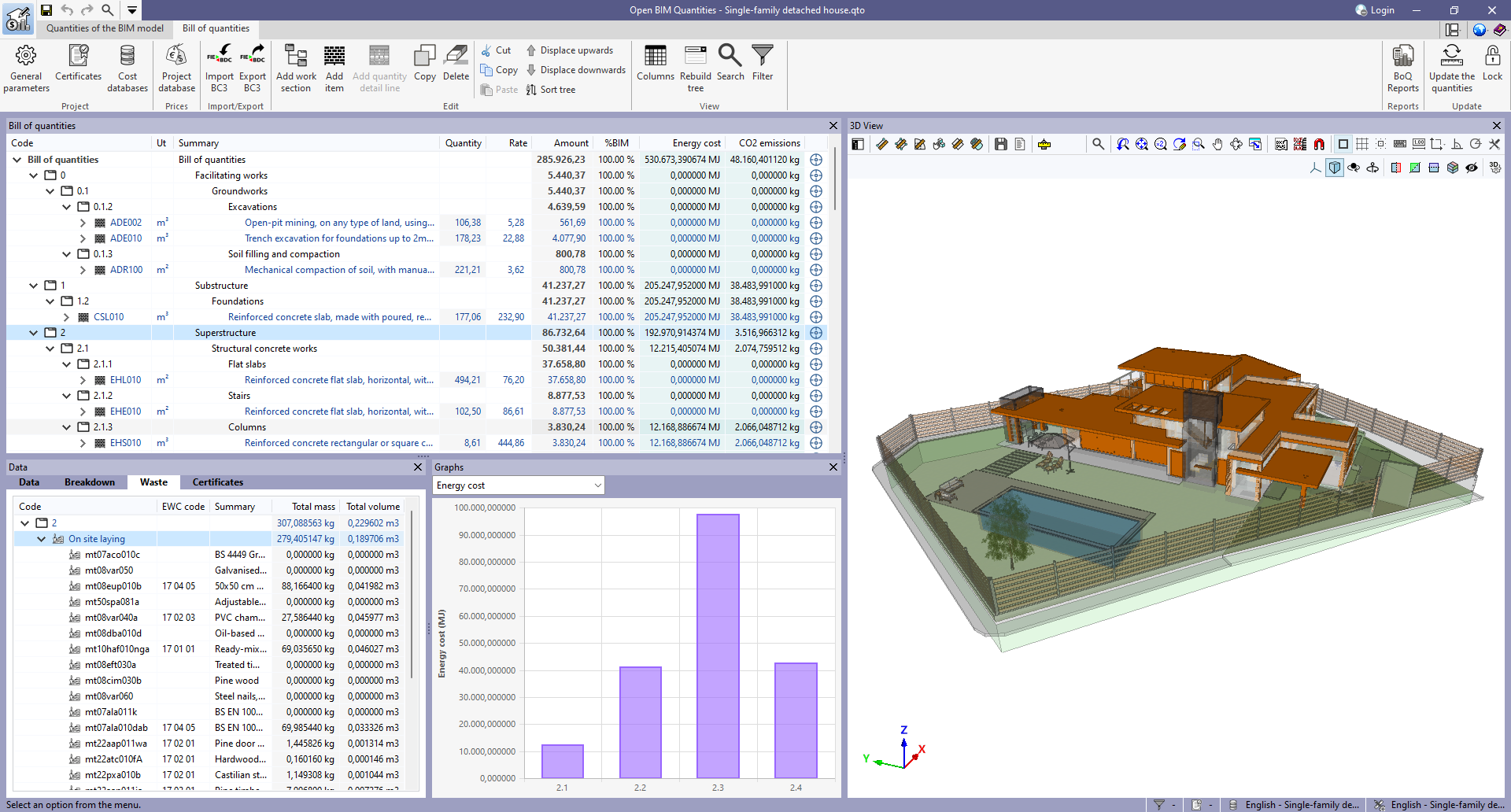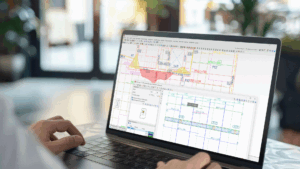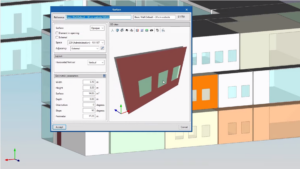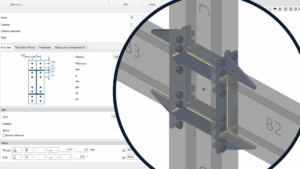
The construction industry faces a crucial challenge: reducing environmental impact while boosting urban development. Sustainable construction is a must when it comes to minimising our ecological footprint and optimising resources at every stage of the project, something made possible by environmental analysis.
Our programs play a key role in this process. Open BIM Quantities, together with Arquimedes and the CYPE Cost Database, provide an advanced solution for assessing the environmental impact of your projects. Not only does it allow you to create accurate bills of quantities, but it integrates environmental indicators to provide a detailed view of the ecological impact, from the project's early stages through to its completion. As a result, you can make informed decisions for more sustainable construction.
The CYPE Cost Database is a fundamental tool in this process. With an extensive and detailed database, it is available in more than 20 countries and in Spanish, French and Portuguese, demonstrating its scope and versatility. This solution is integrated into several CYPE programs, thus providing a complete resource for cost and environmental impact assessment in construction projects.
How to assess the environmental impact of your project with BIM models in IFC
In the workflow for environmental impact assessment from any IFC model, the process starts by importing the IFC model into the program, e.g. Open BIM Quantities. This generated standard file format contains all the detailed information of the project. Once imported, the program allows you to define how certain components of the model will be measured so that the data of these components can be transformed into items and a cost database can be applied to evaluate the costs.
After extracting the quantities and generating the bill of quantities, the data is exported to Arquimedes, where the bill of quantities can be further detailed and the environmental impact of the project can be obtained. This integration results in an efficient and accurate analysis and ensures that all aspects of the project are taken into consideration, from the initial measurement to the economic and environmental assessment.
Benefits of importing an IFC model into Open BIM Quantities
Open BIM Quantities can import IFC models created with tools such as CYPE Architecture, which can be used to create architectural models free of charge. Once imported, the model can be viewed in 3D, detailed sets of measurement rules can be set and any cost database can be used, whether it is the CYPE Cost Database, an official cost database issued by a public institution or a professional association, or a customised cost database. This ensures precise display and accurate quantities of all building elements and ensures that the data is accurate right from the start of the analysis.
Creating detailed bills of quantities with the CYPE Cost Database
Once the measurement is carried out in Open BIM Quantities using the BC3 standard, the data must be exported to Arquimedes, where detailed bills of quantities can be generated using the CYPE Cost Database. This step helps users to adjust and customise costs according to the project specifications and makes it easier to assess the environmental impact associated with each building element.
With an extensive number of items, it provides a database for virtually any type of new construction, renovation or urban space project. The CYPE Cost Database is a very useful tool for professionals in the industry from all over the world, allowing them to generate specific prices for the project they are creating, considering the specific characteristics of each job.
How to analyse a building's life cycle
Life Cycle Assessment (LCA) is a tool that studies and evaluates the environmental impact of a product or service during all stages of its existence. LCA considers four stages of a building's life cycle: product (extraction and manufacture); construction process (transport and installation); product use (use, maintenance and repair); and end of life (demolition and waste management).
To analyse a building's life cycle and its ecological footprint, environmental data must be included from the earliest stages of the project. Open BIM Quantities and Arquimedes are key tools for this integration and evaluation.
Assessing environmental impact with Open BIM Quantities
Open BIM Quantities makes it easy to manually incorporate environmental data into items and includes key indicators for life cycle analysis, such as energy cost and CO2 emissions.
This information provides a comprehensive view of the ecological impact of the project throughout all phases of the project, from material extraction and construction to possible demolition. With this data, an accurate environmental impact assessment can be made, as well as adjustments and improvements at an early stage of the project to achieve sustainable construction.
Generating reports in Arquimedes
You can export the data from Open BIM Quantities in BC3 format and, thanks to the Open BIM workflow, it can also be imported into Arquimedes. Once this is done, you can generate detailed reports integrating both costs and environmental indicators provided by the CYPE Cost Database.
The values of all these parameters can be consulted in each item, and are broken down by materials, packaging, machinery, auxiliary means and waste. This breakdown, during the manufacturing and construction stages, can be used to obtain a highly accurate analysis of the life cycle of a building job.
A "Life Cycle Analysis" document can be generated from Arquimedes, which will help users to understand the environmental impact of the project and make informed decisions to improve sustainability. This makes it easier to review and adjust the project to optimise its environmental impact and ensure that it meets sustainability standards.
The flexibility and scope of the CYPE Cost Database, together with its integration into the CYPE ecosystem, make it a valuable resource even for international projects. Professionals can take advantage of its extensive information on broken-down prices, specifications, waste generated, environmental impact indicators, or health and safety, among others, depending on what their projects require.
It also makes it easier to prepare quality documents, useful for the different phases of the building's life cycle (preliminary studies, pre-construction, basic and execution projects, job management and execution, use and maintenance, deconstruction and final recycling).
By combining the use of Open BIM Quantities and Arquimedes, you can perform an accurate and effective environmental analysis from the earliest stages of your project. With this tool, you can optimise environmental impact assessment and make more sustainable decisions, promoting responsible construction practices and reducing the ecological footprint of your projects.





